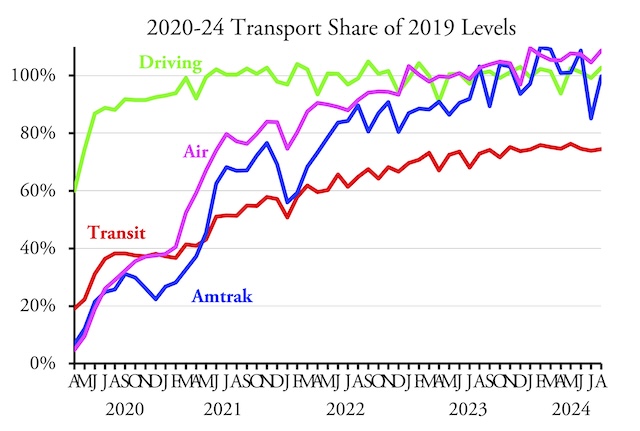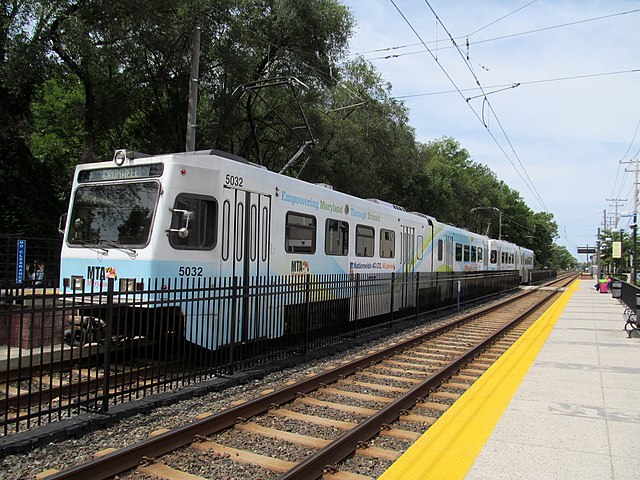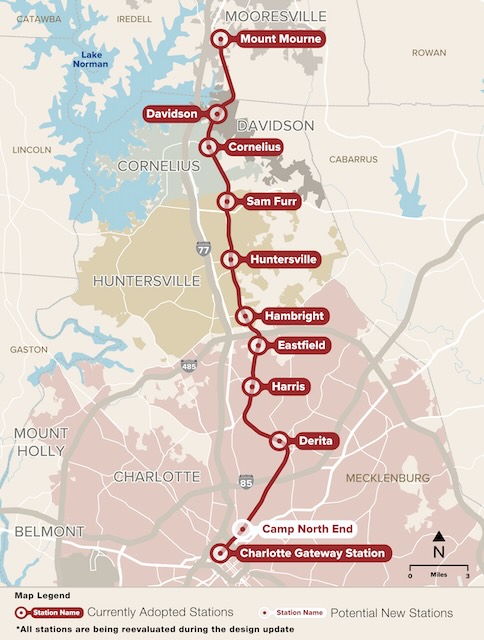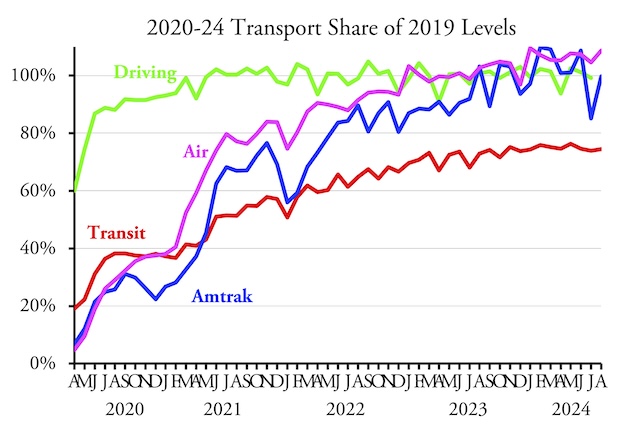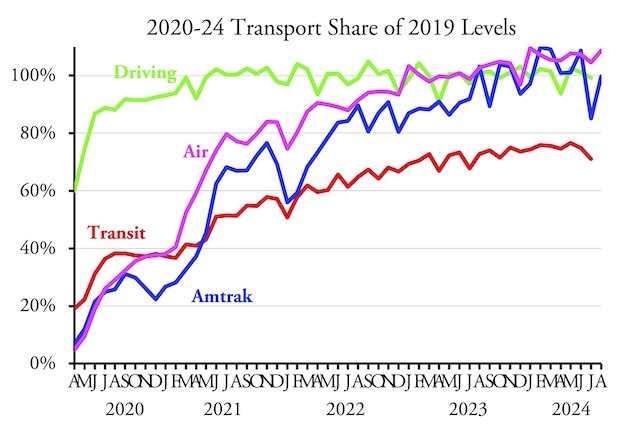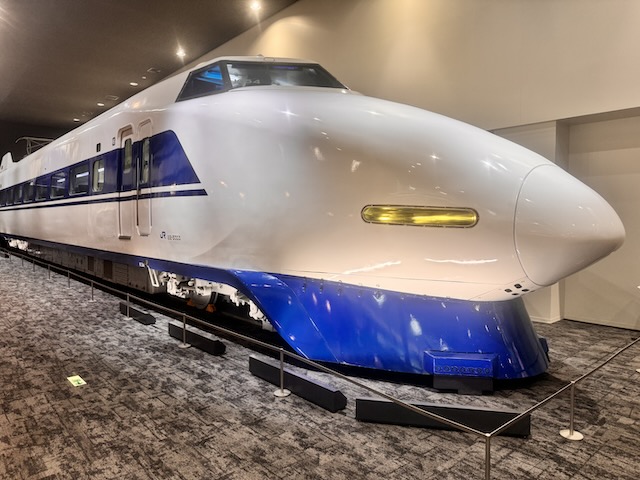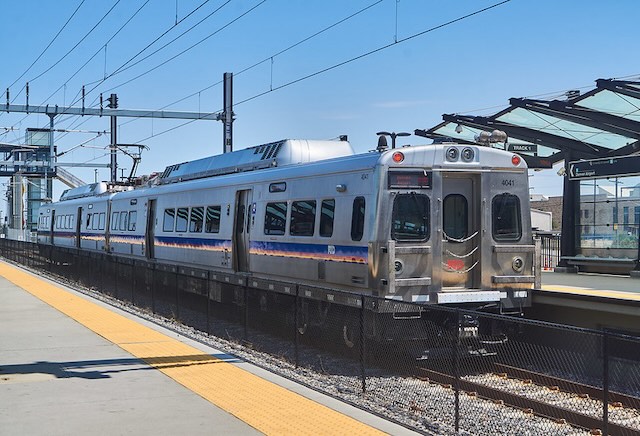A week ago, a pedestrian stepped onto Eugene’s 11th Avenue, a one-way street, and got clobbered by a bus going the wrong way. The accident broke the pedestrian’s collar bone, pelvis, and six ribs.
Click image for a larger view.
It turns out that 11th, which had been a one-way street for decades, was recently turned into a two-way street with the contra flow being a dedicated bus lane, which has one bus every 10 to 15 minutes. Not only is this a complete waste of space — the cars that previously used that lane moved far more people per hour than a six-times-per-hour bus could possibly carry — it completely subverts all of the benefits of one-way streets. Continue reading


